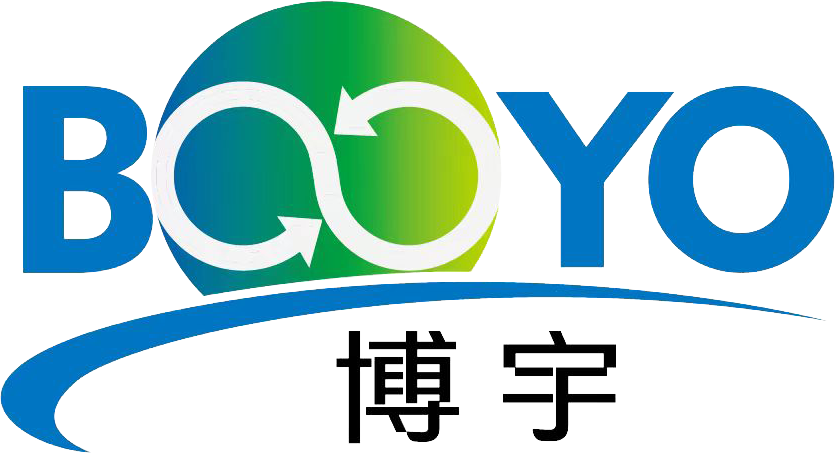
Our News
Find out about our latest news here.
Latest News
- ▶ Plate Type vs. Tubular Air Preheater: A Comprehensive Comparison
- ▶ The key role and advantages of spiral plate heat exchangers in coke oven projects
- ▶ Development and Innovation of Heat Exchange Technology in the Coking Industry | Shandong Boyu Heavy Industry Technology Group Solutions
- ▶ Technical Specifications for HRSG Boiler Engineering
- ▶ Spiral Plate Heat Exchanger Production Manual
- ▶ Tube-in-Tube Coaxial Heat Exchanger by Boyu Industrial: A High-Performance Solution for Viscous Fluids and High Pressures
Message
1. Working Principle
Plate Type Air Preheater (PAH)
- Uses a series of thin metal plates to transfer heat between flue gas and incoming air.
- The plates create separate channels for hot gases and cold air, ensuring efficient heat transfer.
- Provides high heat transfer efficiency with a compact design and minimal air leakage.
Tubular Air Preheater (TAH)
- Consists of a bundle of tubes where flue gas passes through the tubes, while air flows around them (or vice versa).
- Heat transfer occurs through the tube walls, preheating the incoming air.
- Typically used in large-scale power plants due to its durability and capacity.
2. Performance Comparison
3. Advantages of Each Type
✅ Advantages of Plate Type Air Preheater
✔ Compact Design: Requires less installation space, making it ideal for industries with space constraints.
✔ Higher Heat Transfer Efficiency: The plate structure allows for better thermal performance.
✔ Lower Air Leakage: Sealed plate edges minimize the risk of air leakage.
✔ Easier Maintenance: Plates can be removed and cleaned more conveniently than tubes.
✔ Better Corrosion Resistance: Suitable for industries dealing with corrosive gases.
✅ Advantages of Tubular Air Preheater
✔ Higher Durability: Tubes are robust and can withstand higher temperatures and pressures.
✔ Better for Large-Scale Operations: Ideal for power plants and high-capacity boilers.
✔ Handles Heavy Dust Load: Can operate in environments with significant soot and ash.
4. Applications of Each Type
5. Which One Should You Choose?
✔ If space-saving, efficiency, and low air leakage are top priorities → Choose Plate Type Air Preheater.
✔ If high durability, large-scale operation, and heavy-duty performance are needed → Choose Tubular Air Preheater.
Both types have their strengths, and the right choice depends on your specific industry, operating conditions, and budget.
Conclusion
Plate type and tubular air preheaters each play a critical role in improving boiler efficiency, reducing fuel consumption, and lowering emissions. Understanding their differences allows industries to make informed decisions based on their operational needs.
PROFESSIONAL CONSULTATION
If you are interested in our products and want to know more details, please leave a message here, we will reply you as soon as we can.